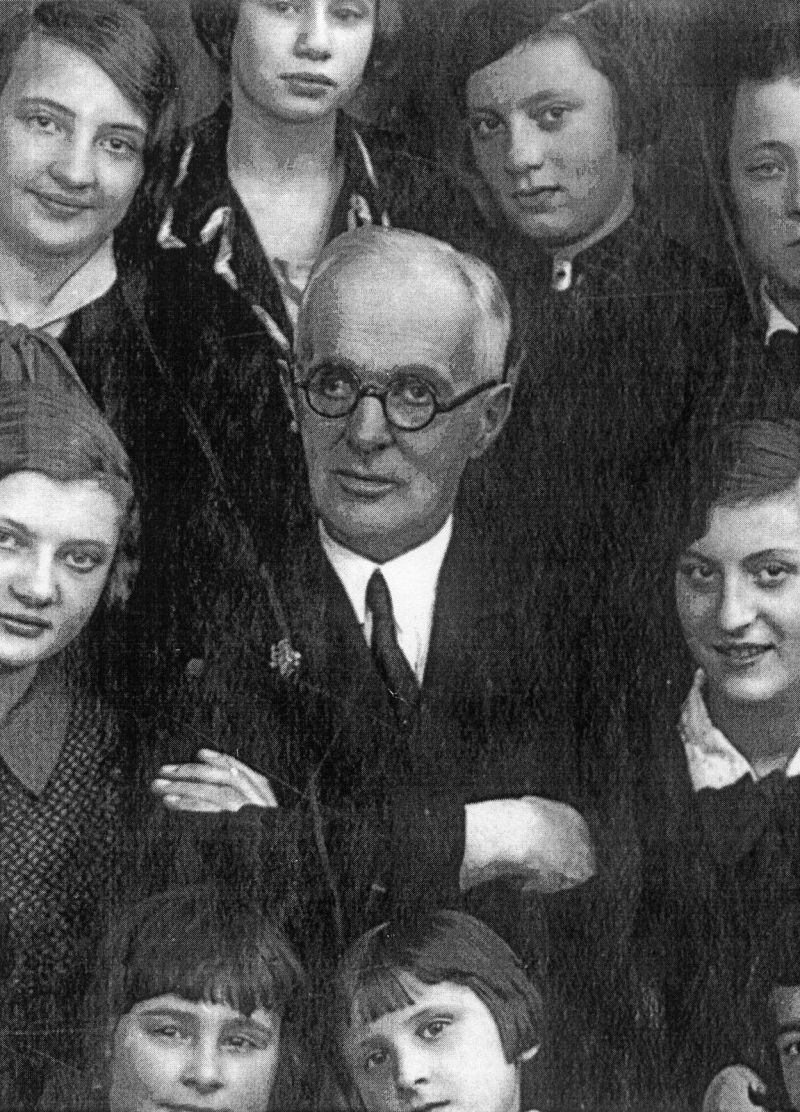Head of a song-and-dance ensemble

In 1936, when Régamey Sr was still at the peak of his professional career, the Soviet authorities in Ukraine addressed him with an order to establish a Polish song-and-dance ensemble. He must have won recognition as an expert on Polish (not only musical) matters since this task was entrusted to him rather than to someone with a Polish or Ukrainian surname. Having received his appointment as artistic director, Régamey began to enlist candidates by visiting places inhabited by Polish communities – mainly in the Zhytomyr region, where Poles were very numerous. He was accompanied on those trips by composer Mykhailo Skorulskyi. On 1 July 1936, the ensemble began its training and rehearsals. In Radyanska Muzyka, the official journal published in Kyiv by the Union of Composers of Ukraine, Régamey Sr even published a paper in which he presented the programme of this communist party project. He wrote:
I have undertaken to write down, select, classify, and edit Polish folksongs. Having looked through five thousand songs once collected by Oskar Kolberg, I chose around two hundred of them. It is with enthusiasm and great joy that I am embarking on the task of arranging them musically, preparing harmonisations and choral settings. Some of those songs were used in his compositions by Chopin.
In agreement with the then political doctrine, Régamey Sr describes those songs from the ‘pre-revolutionary period’ as written ‘under pressure from landowners’. Now that the Soviet authorities have prevailed, he says, work has begun on the selection of new songs, which are particularly numerous in the area of the villages Grechany and Sharavechky. The Department of Art will plan the selection of appropriate songs, whereas the Polish community in Kyiv has offered all the help needed. Preparations are to be completed by 1 September, and by 1 January the ensemble is expected to have given thirty concerts in the clubs and factories of Kyiv, as well as thirty more in the city’s outskirts. Régamey concludes: ‘I am glad I can take part in this great cause, and I will make every effort duly to perform my obligation. Professor Konstanty Kazimierz Régamey, was enjoyed great respect and was considered as an authority by musicians and candidates for the Polish song-and-dance ensemble alike, could hardly predict that his work for Polish culture in the Soviet Ukraine would lead him to a tragic end.
Jerzy Stankiewicz, "The Forgotten figure...



